I have a retro kitchen magnet that declares: “It’s not whether you win or lose, it’s how you do your hair.” And how you wear your clothes.
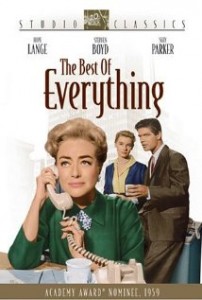 For proof, just look at “The Best of Everything” (1959, Jean Negulesco), which screens at 3 p.m. Saturday at Hollywood’s Egyptian Theatre. In this slick and sexy melodrama, based on a Rona Jaffe novel, Joan Crawford holds court in a New York City publishing house. She’s dressed to the nines in every scene, natch. Her perfectly appointed co-stars are Hope Lange, Diane Baker and Suzy Parker (and look out for a young Robert Evans).
For proof, just look at “The Best of Everything” (1959, Jean Negulesco), which screens at 3 p.m. Saturday at Hollywood’s Egyptian Theatre. In this slick and sexy melodrama, based on a Rona Jaffe novel, Joan Crawford holds court in a New York City publishing house. She’s dressed to the nines in every scene, natch. Her perfectly appointed co-stars are Hope Lange, Diane Baker and Suzy Parker (and look out for a young Robert Evans).
At 2 p.m., there will be an illustrated talk called “Working Women’s Fashion,” which organizers describe as follows: From Rosie the Riveter to Mary Tyler Moore, explore how working women have influenced fashion from the 1940s to the 1970s. Using period images from myvintagevogue.com and a runway show of vintage examples from clevervintageclothing.com, clothing historian Dave Temple will discuss how working women changed the fashion landscape forever.
A fashion show will follow the talk. Additionally, there will be a clothing sale in the Egyptian’s courtyard from noon to 6 p.m.
Now put it in your planner and don’t be late!






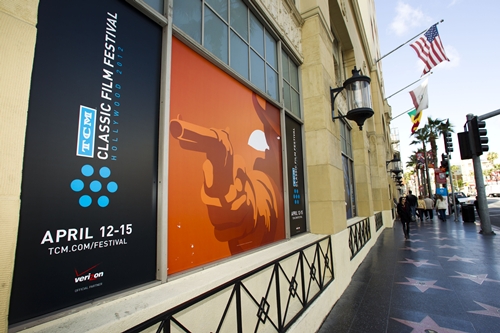
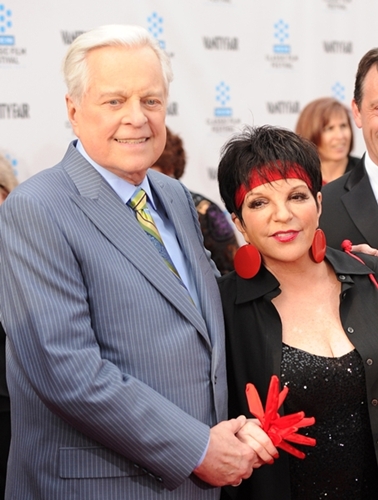
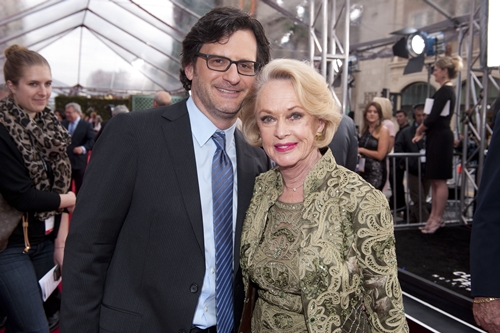
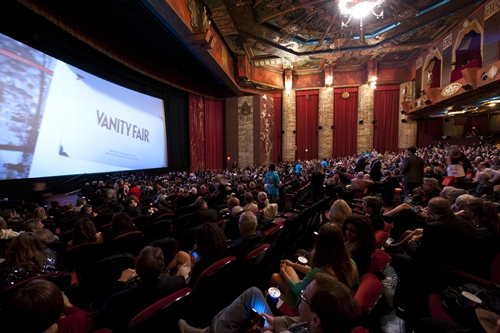
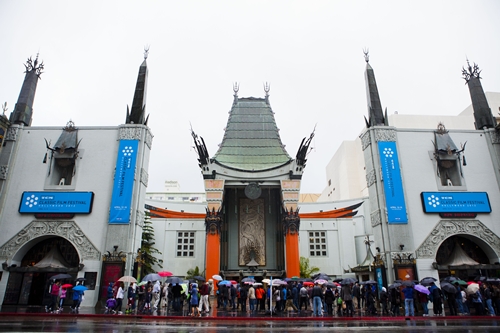
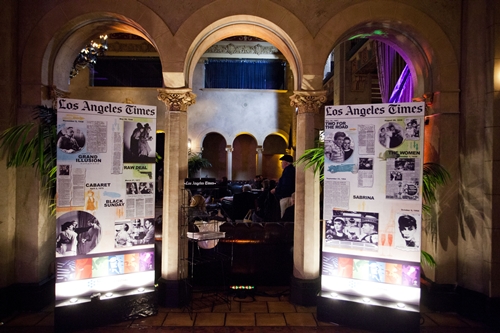
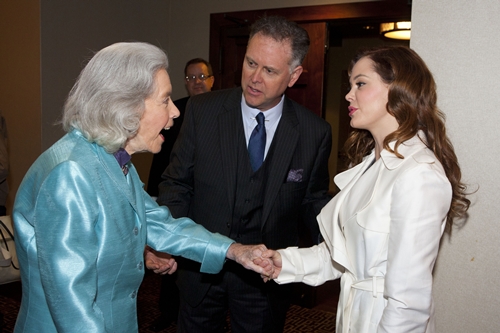
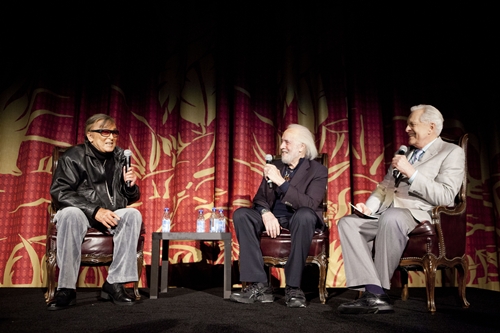
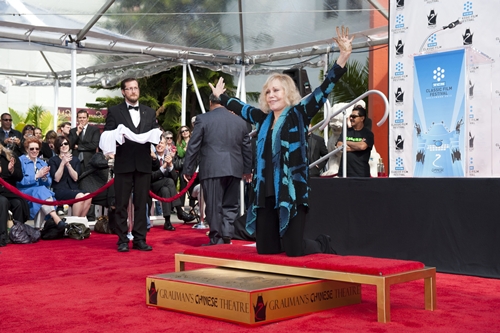
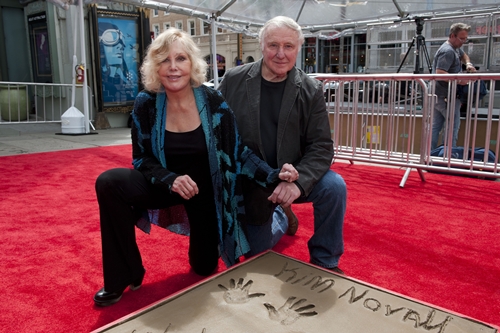
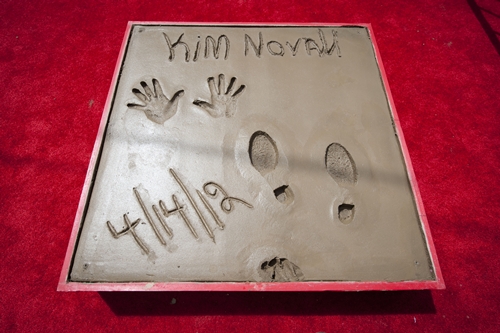

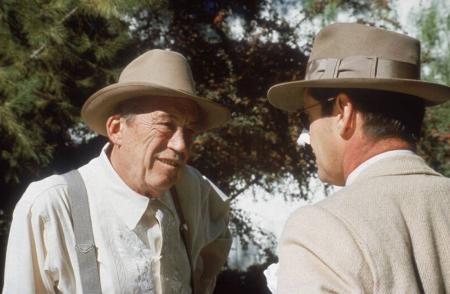
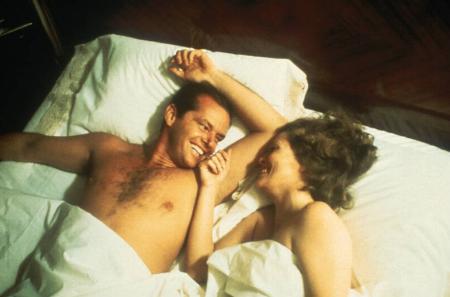
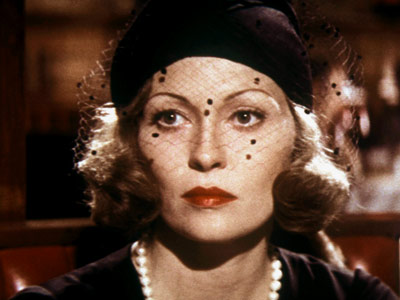
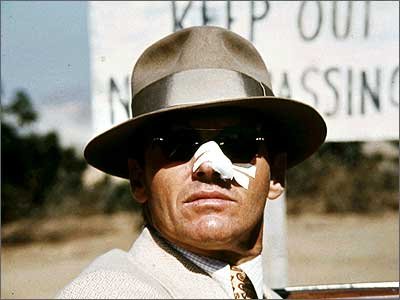





From FNB readers